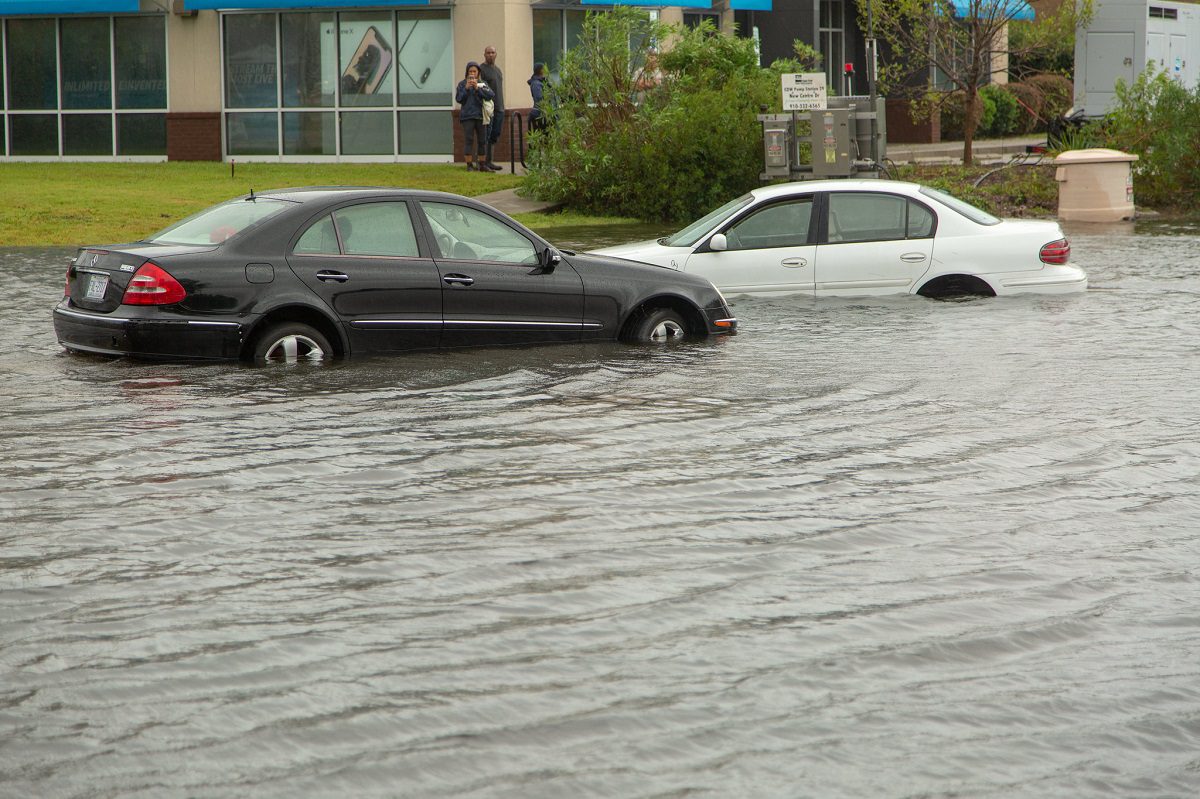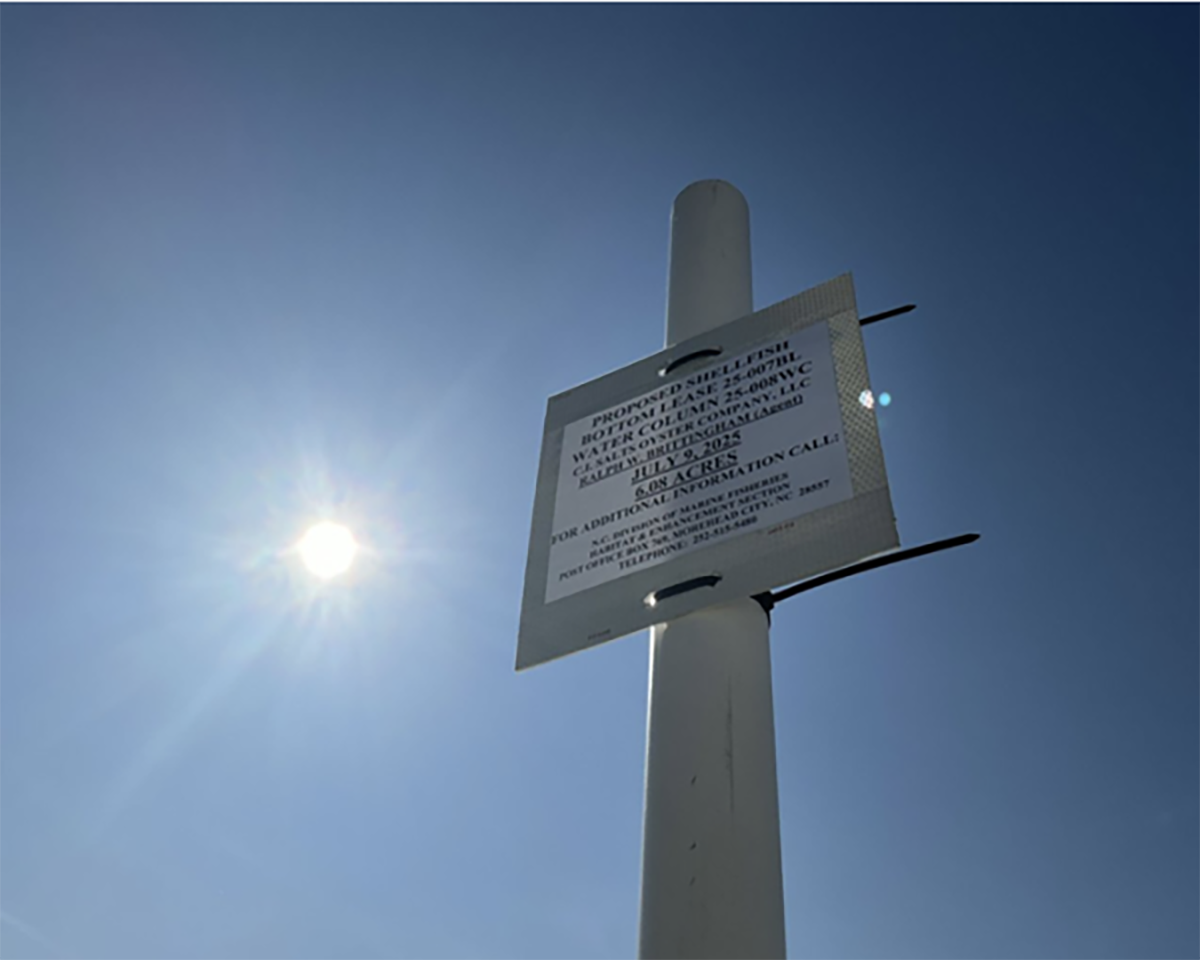
Environmental Protection Agency officials have labeled two per-and polyfluoroalkyl substances, or PFAS, that people are most likely exposed to through drinking water as “hazardous substances” under the Superfund law.
The final rule designates perfluorooctanoic acid, or PFOA, and perfluorooctanesulfonic acid, or PFOS, as hazardous substances under the Comprehensive Environmental Response, Compensation, and Liability Act, or CERCLA, also known as Superfund.
Supporter Spotlight
PFAS are human-made chemicals linked to cancers, impacts to the liver and heart, and immune and developmental damage to infants and children, the agency said.
PFOA and PFOS meet the statutory criteria for designation as hazardous substances under CERCLA. This designation will allow the EPA to investigate and cleanup of these chemicals and ensure that leaks, spills, and other releases are reported, the agency announced Friday.
“Designating these chemicals under our Superfund authority will allow EPA to address more contaminated sites, take earlier action, and expedite cleanups, all while ensuring polluters pay for the costs to clean up pollution threatening the health of communities,” EPA Administrator Michael S. Regan said in a statement. Regan was North Carolina Department of Environmental Quality secretary from January 2017 until he joined the EPA in March 2021.
The EPA said the rule will be effective 60 days after it is published in the Federal Register.
In addition to the final rule, the EPA is issuing a separate enforcement discretion policy that details how the agency will hold responsible the entities that “significantly contributed to the release of PFAS contamination into the environment, including parties that have manufactured PFAS or used PFAS in the manufacturing process, federal facilities, and other industrial parties.”
Supporter Spotlight
Erik D. Olson, senior strategic director for health with the Natural Resources Defense Council, or NRDC, said in a statement that millions of families across the country are being exposed to toxic “forever chemicals” from living near contaminated sites that threaten their health.
“It is time for polluters to pay to clean up the toxic soup they’ve dumped into the environment,” he said. “We all learned in kindergarten that if we make a mess, we should clean it up. The Biden Administration’s Superfund rule is a big step in the right direction for holding polluters accountable for cleaning up decades of contamination.”
Clean Cape Fear co-founder Emily Donovan said that since learning about extreme levels of PFAS in the Wilmington-area tap water, “we’ve been forced to live with water we don’t feel safe using while also enduring rate hikes to clean up a crisis we didn’t create. Chemical companies like DuPont and Chemours profited off of PFAS for decades at our expense. Finally, the Biden EPA is beginning to hold PFAS polluters accountable. While there is no price tag big enough to bring back all the lives cut short or traumatized by decades of PFAS exposures – this is a step in the right direction.”








